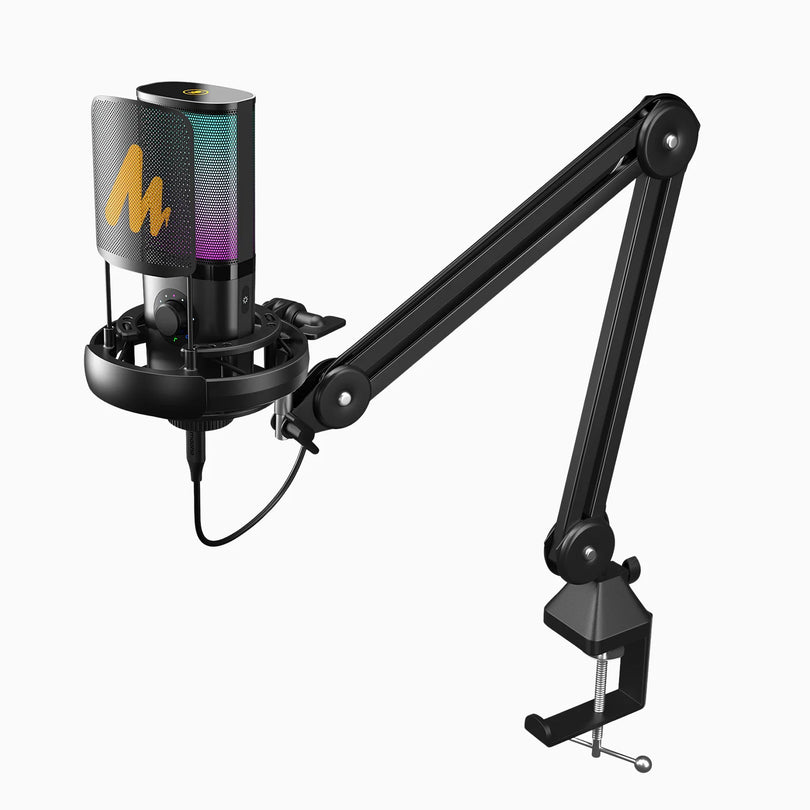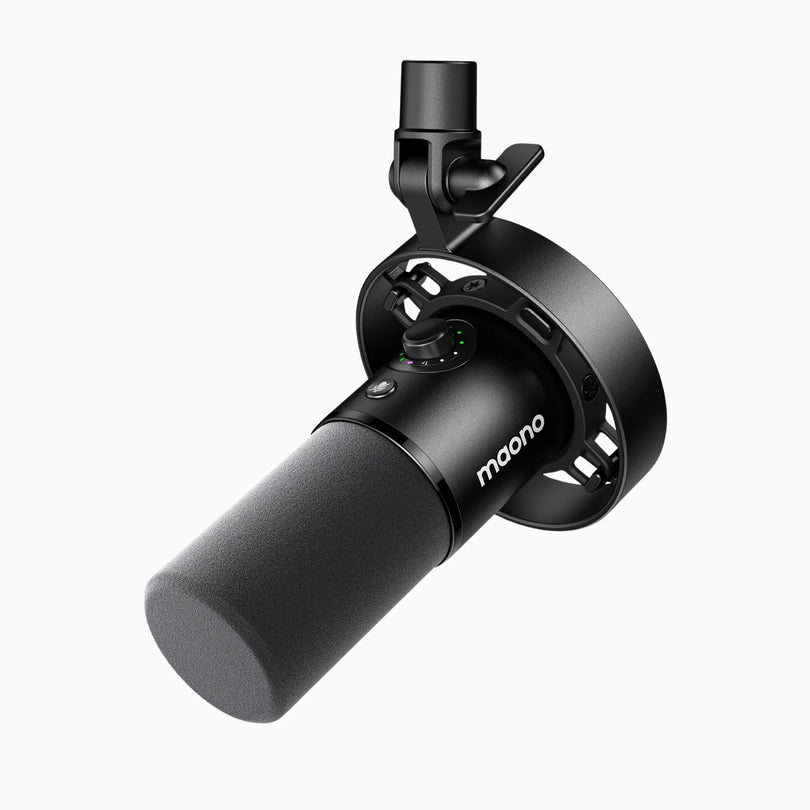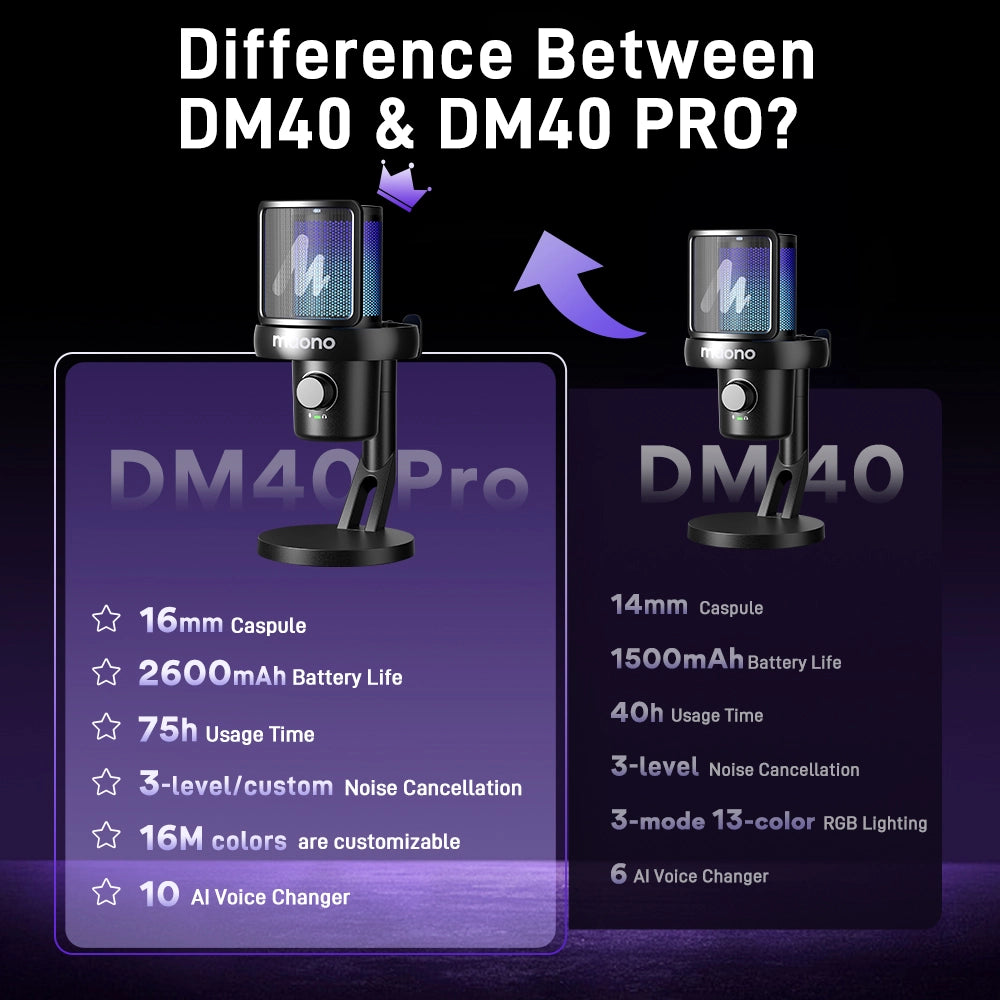The sound referred to by audio technology mainly refers to the frequency range of 20Hz-20kHz; the audible sound that can be heard by human ears, and its three elements are loudness, pitch, and chroma.

Sound is a wave produced by vibrating objects. When an object vibrates, the surrounding air is continuously compressed and relaxed, and spread to the surroundings, which is the sound wave. When the pressure of the sound wave reaches the human ear, the human ear can hear the sound of the object vibrating.
The sound referred to by audio technology mainly refers to the frequency range of 20Hz-20kHz; the audible sound that can be heard by human ears, and its three elements are Loudness, Pitch, and Chroma.
Sound Intensity (loudness)
Sound intensity (loudness) is the degree to which the human ear perceives sound intensity. Although the loudness has a certain relationship with the sound pressure, which measures the strength of the sound, it is not completely consistent with the sound pressure.
That is to say, when the sound pressure on certain frequencies is very high, it is not necessarily very loud to the human ear. Therefore, the loudness of the sound heard by the human ear is related to the frequency of the sound.
The curve describing the relationship between loudness, sound pressure and sound frequency is called the equal loudness curve. This is the famous Fletcher-Mommsen equal loudness curve. The resulting Fletcher-Mommson effect will be encountered in recording practice.
The unit of loudness is represented by sone. The unit of loudness level is represented by phone (1 sone=40phone).
The weakest sound that can be heard by the human ear is called the audible threshold. The loudness of the sound that the human ear hears that causes eardrum pain is called the pain threshold. Their magnitude is usually expressed in sound pressure level.
Tone
Pitch is the human ear's perception of how high or low a sound is. It is related to the frequency of the sound, but not in a proportional relationship, but in the logarithmic value of the frequency. Therefore, the multiple or logarithmic relationship of the frequency is often used to express the pitch.
The higher the frequency, the higher the pitch perceived by the human ear. If the frequency of the sound is doubled (one octave), it is called an octave in music.
Pitch is also called pitch in the musical context.
Timbre
Timbre is also called timbre. When different musical instruments play the same tone, although the fundamental frequency is roughly the same, there are still differences in the number of overtones and the amplitude of the overtones. So timbre refers to the presence of overtones and their relative strengths that determine the character of an instrument.
In other words, timbre is mainly determined by the spectral structure of the sound. If you change the number of overtones and their amplitude, that is, change the spectral structure of the sound, then the nature of the sound of the instrument will change accordingly.
Conclusion
The sound intensity (loudness) is related to the amplitude of the vibration of the sound source; the pitch is related to the fundamental frequency of the vibration of the sound source; the timbre is related to the number and amplitude of overtones in the sound emitted by the sound source, that is, the spectral structure of the sound source (waveform )related.


































